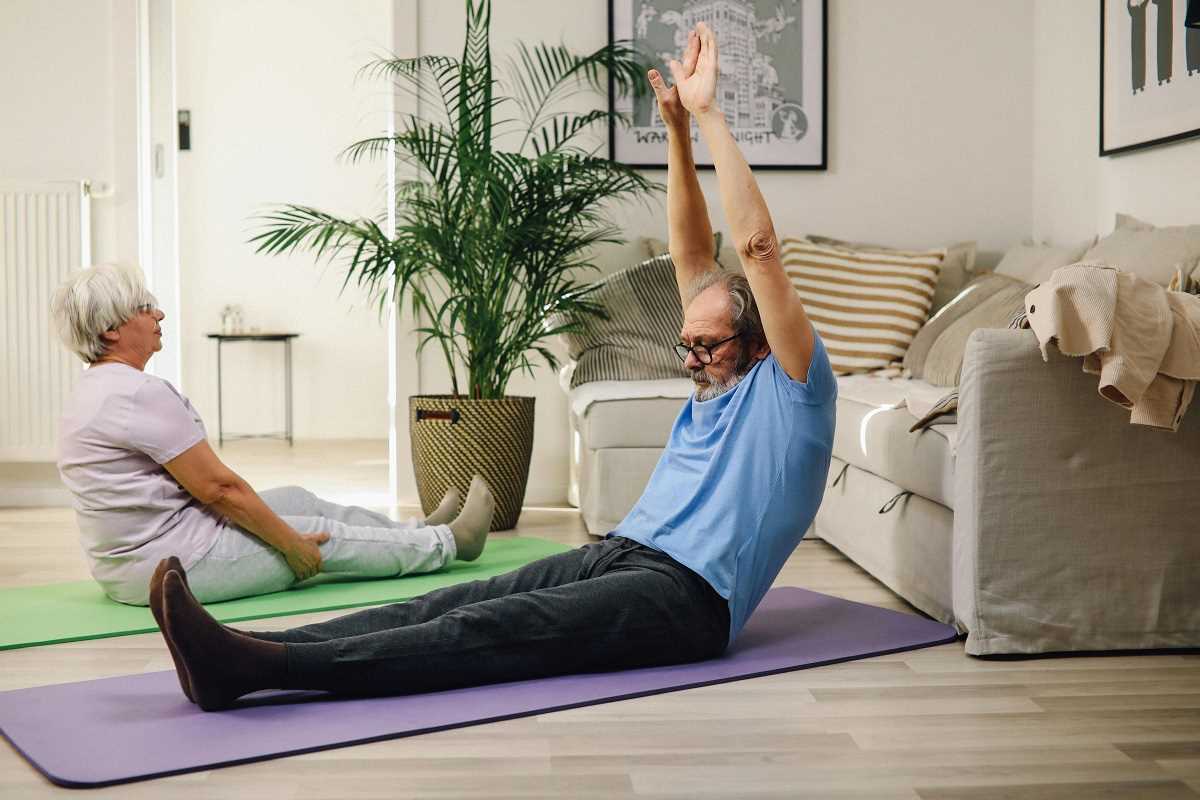When we think about fitness goals, “perfect posture” isn’t typically at the top of the list. But maybe it should be. Good posture is more than just standing tall or looking confident; it’s a key factor in maintaining overall health, preventing pain, and moving with ease. Unfortunately, poor posture is practically an epidemic in a world where most of us hunch over computers, slouch on the couch, or remain glued to our phones.
The good news? With a purposeful approach, you can work toward correcting posture issues. And, spoiler alert, it doesn’t have to be boring. A posture-perfecting workout can be engaging, impactful, and surprisingly life-changing. Here’s why it matters and how you can start.
Why Posture Is Everything
If you’ve been brushing off posture as an aesthetic concern, think again. Poor posture can wreak havoc on your body and mind.
- Back and Neck Pain: Slouching puts unnecessary strain on your spine, creating tension in muscles, ligaments, and joints. It’s one of the leading causes of chronic back and neck pain.
- Reduced Mobility: Over time, bad posture can lead to stiffness in your shoulders, hips, and back, making movement more challenging.
- Poor Breathing: Hunched shoulders compress the chest, limiting your ability to take full, deep breaths. Oxygen is your body’s fuel—shallow breaths mean less energy and more fatigue.
- Impaired Strength: Misalignment makes it harder to activate key muscle groups, like your core. Weak core engagement limits strength potential in workouts.
- Mental Impact: Studies have even linked poor posture to increased feelings of stress, sluggishness, and low confidence.
The promising flip side? Improving your posture doesn’t just eliminate these issues; it also unlocks an entirely new level of physical and mental well-being.
The Foundation of a Posture-Perfecting Workout
The trick to fixing your posture isn’t just “standing up straighter.” A strong and balanced body supports good alignment naturally. The key areas to focus on are strength training, mobility work, and stretching practices like yoga. Together, they can help you build the stability, flexibility, and awareness needed for upright posture.
Here’s how it works.
1. Strength Training for Stability
Strengthening the muscles that support your posture is non-negotiable. Weak core or back muscles are major culprits of slouching, so exercises that target these areas directly are essential.
- Back and Core Work
- Planks, bird dogs, and dead bugs are game-changers for building core stability. For the back, try exercises like rows or reverse flys to strengthen the upper back and pull those shoulders into alignment.
- Glutes and Hips
- Believe it or not, weak glutes and tight hip flexors throw your whole posture off. Incorporate squats, glute bridges, or lunges to stabilize your pelvis and improve overall posture.
2. Mobility Work for Flexibility
Good posture also depends on the mobility of your joints and muscles. By increasing the range of motion in key areas, you’ll have an easier time holding proper alignment.
- Shoulder Mobility Drills: Try scapular wall slides or shoulder CARs (controlled articular rotations) to loosen tight shoulders and improve their movement patterns.
- Hip Openers: Tight hip flexors pull your pelvis forward, creating the dreaded “desk worker” slouch. Perform hip flexor stretches or dynamic lunges to open up this area.
3. Yoga for Balance and Mindfulness
Yoga might just be the secret weapon in your posture-correcting arsenal. It combines strength, flexibility, and mindfulness to help you build awareness of your body’s alignment.
- Posture-Perfecting Poses: Poses like Mountain (Tadasana), Warrior 2, and Downward Dog strengthen your postural muscles while promoting overall balance.
- Breathwork: Yoga breathwork can help improve awareness of how your body feels (and slouches) throughout the day.
How to Start Your Posture-Perfecting Journey
Improving your posture is a long-term game, but the effort is well worth it. Here’s how you can get started today.
1. Assess Your Current Posture
Use a mirror or take a video of yourself standing and sitting naturally. Look for rounded shoulders, forward head tilt, or an exaggerated curve in your lower back. Knowing where you’re starting helps you track progress.
2. Add Posture-Focused Exercises to Your Routine
Start with a few simple exercises:
- Plank (Hold for 20–30 seconds to engage your core.)
- Bridge (3 sets of 10 to activate glutes.)
- Chest Opener Stretch (Relieve tightness from hunching.)
Gradually build up to a full routine incorporating strength, mobility, and yoga.
3. Set Posture Reminders
Posture isn’t just fixed in the gym. Set reminders on your phone or computer to check your alignment throughout the day. (Pro tip? Roll your shoulders back and breathe deeply.)
4. Be Consistent but Kind
Correcting posture doesn’t happen overnight. Focus on small, regular steps, and don’t get frustrated if it takes time to see improvement.
Standing Tall
Good posture is your body’s best armor against pain and fatigue while unlocking strength and confidence you didn’t know you had. By blending strength training, mobility work, and yoga into your fitness routine, you’ll create a foundation for upright alignment that supports your life inside and outside the gym.
 (Image via
(Image via




